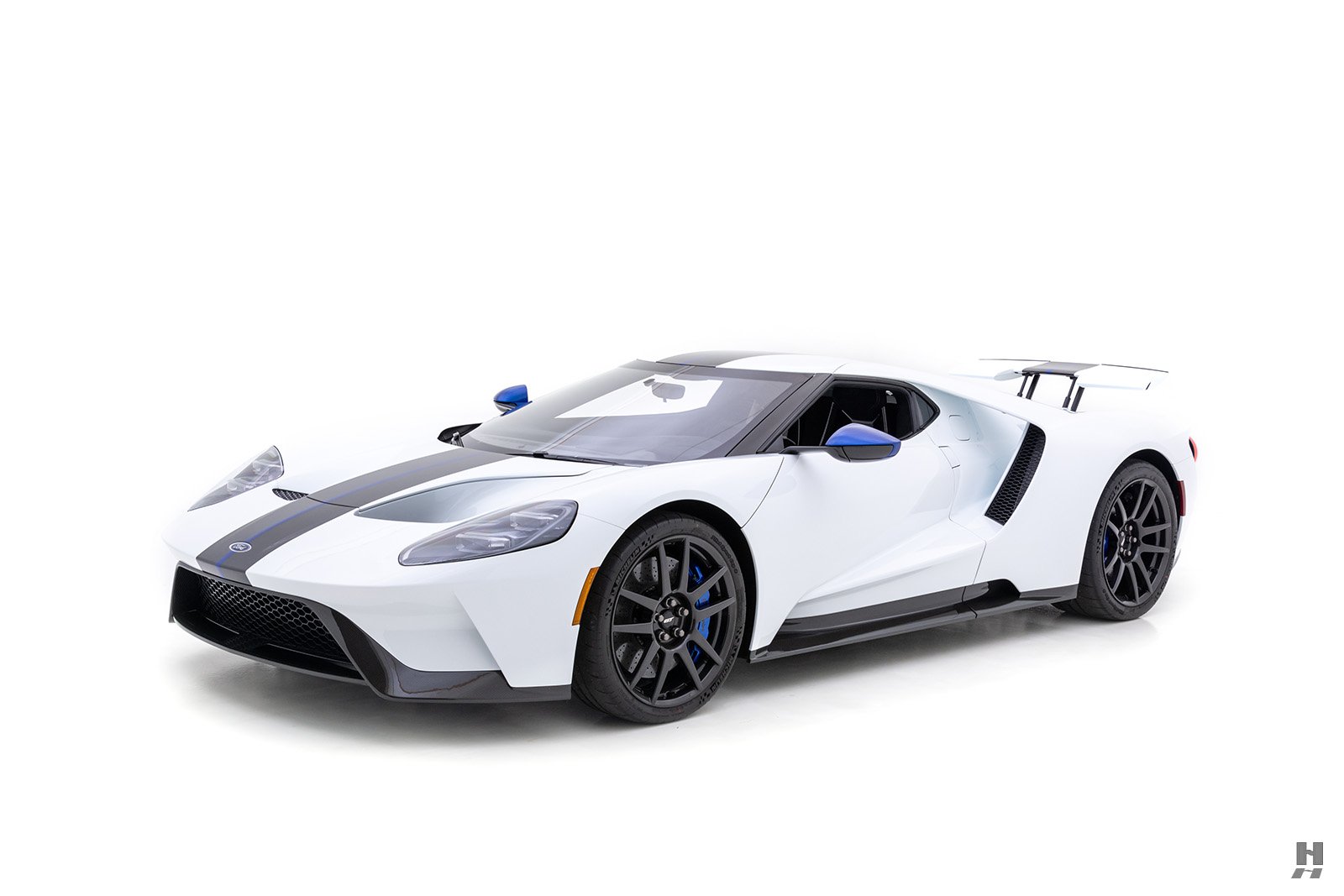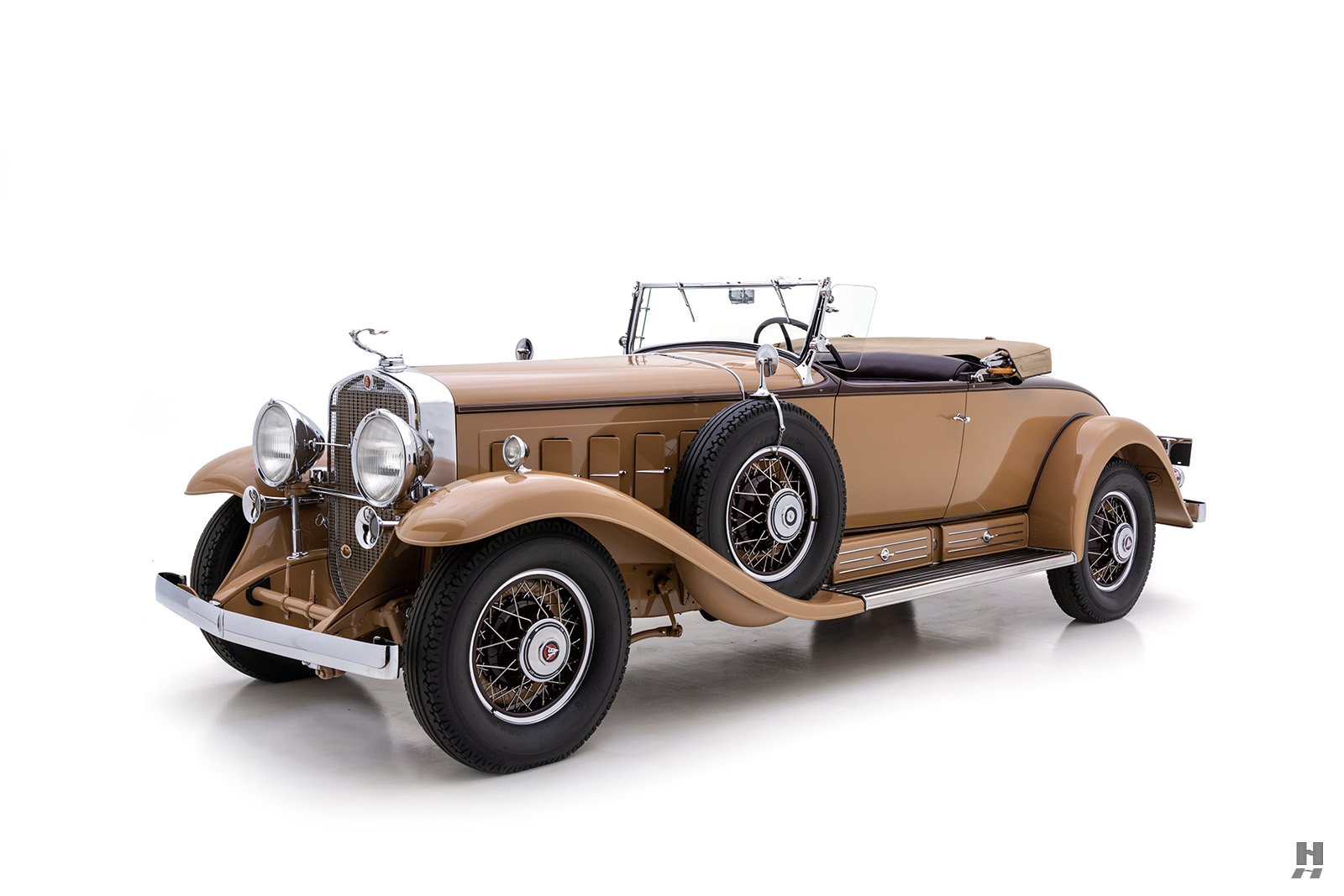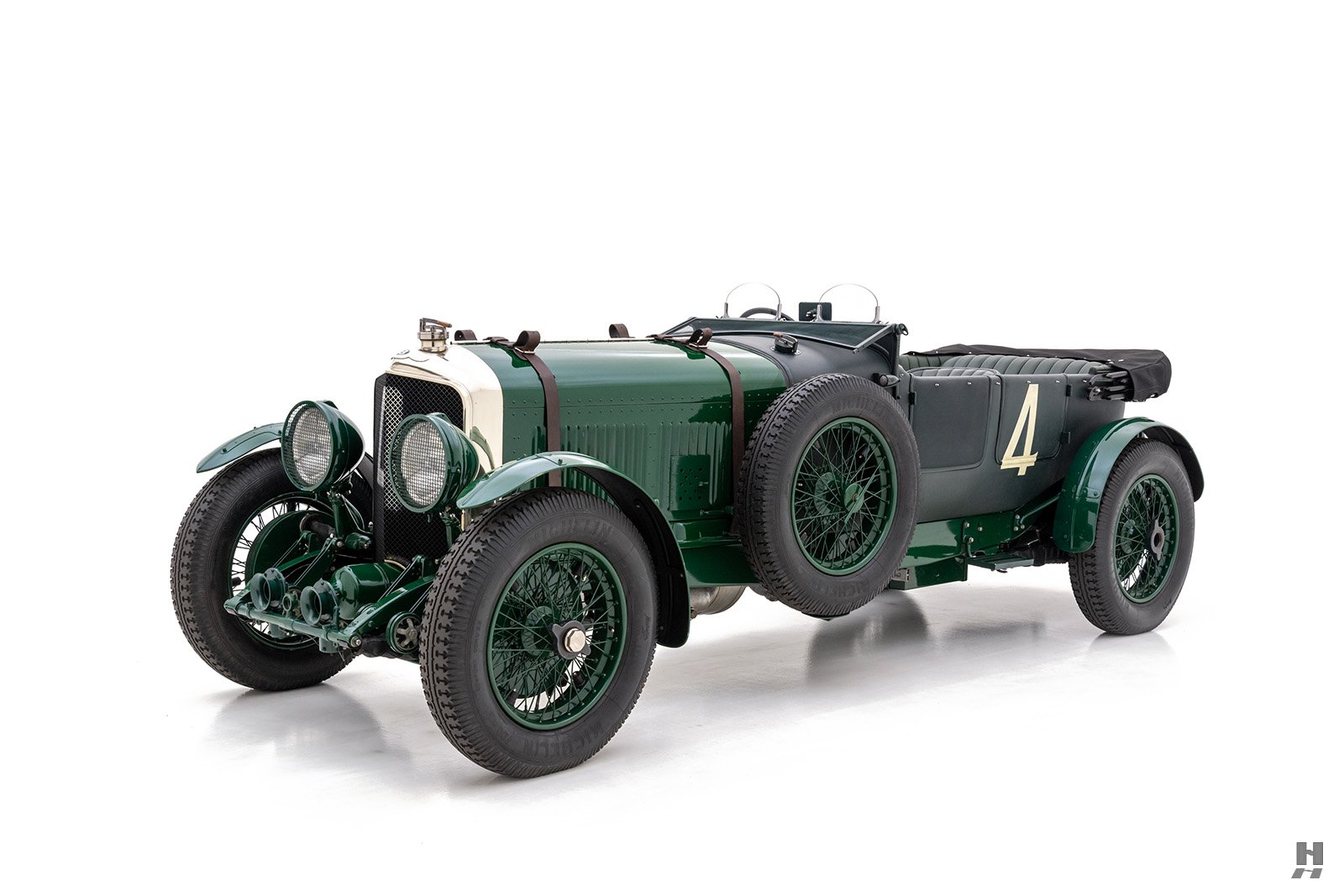The Swallow Sidecar Company was founded in the early 1920s by William Walmsley, who soon after establishing his business, partnered with a young designer named William Lyons. As the name suggests, the firm built side cars for motorbikes, which were always quite attractive and of excellent quality. Lyons suggested they expand their operation to offer coachbuilt car bodies alongside their sidecars, and Walmsley agreed. Their first car body was built on a Talbot chassis which was quite well received. They went on to build bodies for Standard, Fiat and Swift, however it was their work with the cheeky little Austin 7 that really put the company on the map.
Many view the Austin 7 as Britain’s equivalent to the Ford Model T. Of course, the 7 came along a fair bit later than the Ford, in 1922 to be exact, but it nonetheless put Britain on wheels like no other motorcar before it. Inexpensive but reliable and easy to drive, the 7 replaced virtually all other competitors offering compact automobiles and cyclecars. The 7 was tiny at just 6 foot, 3 inch in wheelbase, 40 inches wide and weighing in at a paltry 794 pounds. Comparatively, it was about half the size of a model T but it was perfectly suited for navigating the city streets and narrow country lanes of the British Isles. Sir Herbert Austin performed much of the design work himself, and patented many of the designs he used in the car. The engine was a 696 cc side-valve unit with detachable head, cast cylinder block and alloy crankcase. The plucky little unit was rated at 7.2 horsepower, giving the Austin plenty of power considering the light weight. Much like the Model T in America, the Austin 7 inspired a great many a tinkerer who sought to make their car lighter, faster and prettier. The influence of the 7 can still be felt today, as it was the seed that spawned Britain’s great automotive “cottage industry” of race car builders. Bruce McLaren of McLaren Cars and Colin Chapman of Lotus both got their start building Austin 7 specials.
Swallow’s first design for the Austin 7 was a “saloon coupe”; an attractive body that lent the 7 a more grown-up and sophisticated appearance. One marvel of Walmsley and Lyon’s designs was their ability to make such a tiny car appear so elegant and upmarket. On the success of their saloons and coupes, they soon added a variety of beautiful little roadster to the mix. Not only were Swallow bodies attractive and well built, but they were remarkably affordable. With Swallow selling well, Walmsley and Lyons began to experiment with building their own cars based on Standard chassis. Swallow Sidecar Company morphed into Swallow Coachbuilding Company and eventually S.S. Cars, with their sensational SS1 debuting in 1931. As hostilities in Europe ramped up later in the decade, it was wisely decided that S.S. was not a marketable trademark so the company was renamed “Jaguar”, and at the risk of speaking in cliché, the rest is history.
Wearing a rare and attractive Swallow Beetleback Roadster body, this 1929 Austin 7 is a nicely restored example, ready for enjoyment. And the enjoyment comes from just looking at this delightful (and exceedingly rare) little two-seat roadster body style, of which it is believed only two others are known to exist. The car has been restored to a good level of quality, with good sound bodywork and attractive paint. Most Swallow bodies were finished in two tone paint schemes and this car is no exception in its lovely dark green over cream fenders and wheels. There are plenty of interesting details on this car; from the alloy running boards to the split, pivoting windscreen. The spare wheel is hidden behind the seats for a sleek and sporty appearance.
The cockpit is trimmed in cream leather with green carpets to complement the body and once you slip into the driver’s seat you are greeted to a handsome wood dash an array of period instruments. The detailing is good and there is a full top and side curtain set should you get adventurous and tour with the tiny Austin. Beneath the bonnet, the four cylinder engine is in good condition, tidy, clean and well detailed. Overall, this is a pretty and usable example. The exceptional rarity certainly adds desirability to this already endearing little motor.
For more information on how to find a classic Austin or about our car consignment program, please contact us. Our team of experienced car specialists is here to help!
Sorry this car has been sold. Are you looking to buy or sell a car like this? Contact a representative
For immediate assistance please call us at +1-314-524-6000 or please fill out the following form and a member of our team will contact you.



































